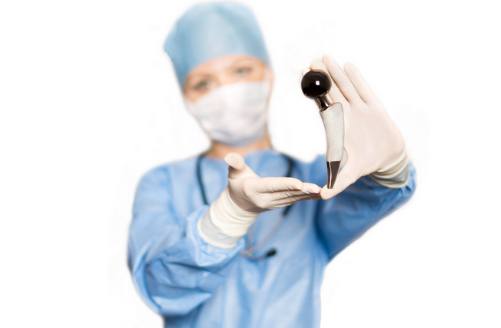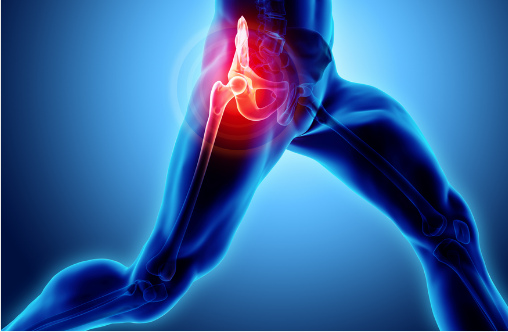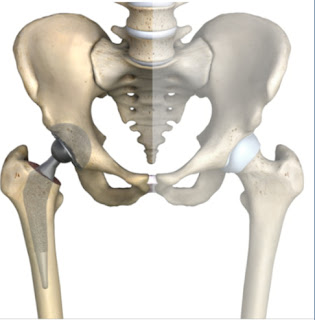Our knee joints have a slippery, elastic tissue called cartilage which serves as a protective covering from our bones grinding against each other. Injuries to this cartilage are quite common and rarely heal spontaneously. This can cause further damage to the joint, leading to Knee Arthritis, which is a leading cause of disability worldwide. Conservative treatment is typically aimed at relieving pain and begins with pain relieving medications. If the disease continues to progress, the treatment plan ultimately leads to knee joint replacement surgery. Knee replacement surgery may require months of rehabilitation to regain strength and mobility.
How is Stem Cell Therapy Effective?
Adult stem cells have the potential to differentiate into cartilage, bone, fat or soft tissue. They can occupy areas of inflammation and degeneration, to favorably influence the regeneration of cartilage in areas of damage. Stem cell therapy to regenerate the knee cartilage is an effective alternative for knee joint replacement surgery. Being a minimally invasive procedure, this has the potential to decrease inflammation, stop the progression of damage and repair the joint cartilage.
Advantages
- Safe and natural procedure
- Avoids the use of artificial metal implants
- Minimally invasive procedure
- No requirement of long stays at hospital
- No restrictions to joint movements
The clinical outcomes of Stem Cell therapy for Knee Arthritis are very encouraging. It has successfully improved the condition of damaged knee joints and many patients have been able to avoid knee surgery as a result of this advanced technique.













